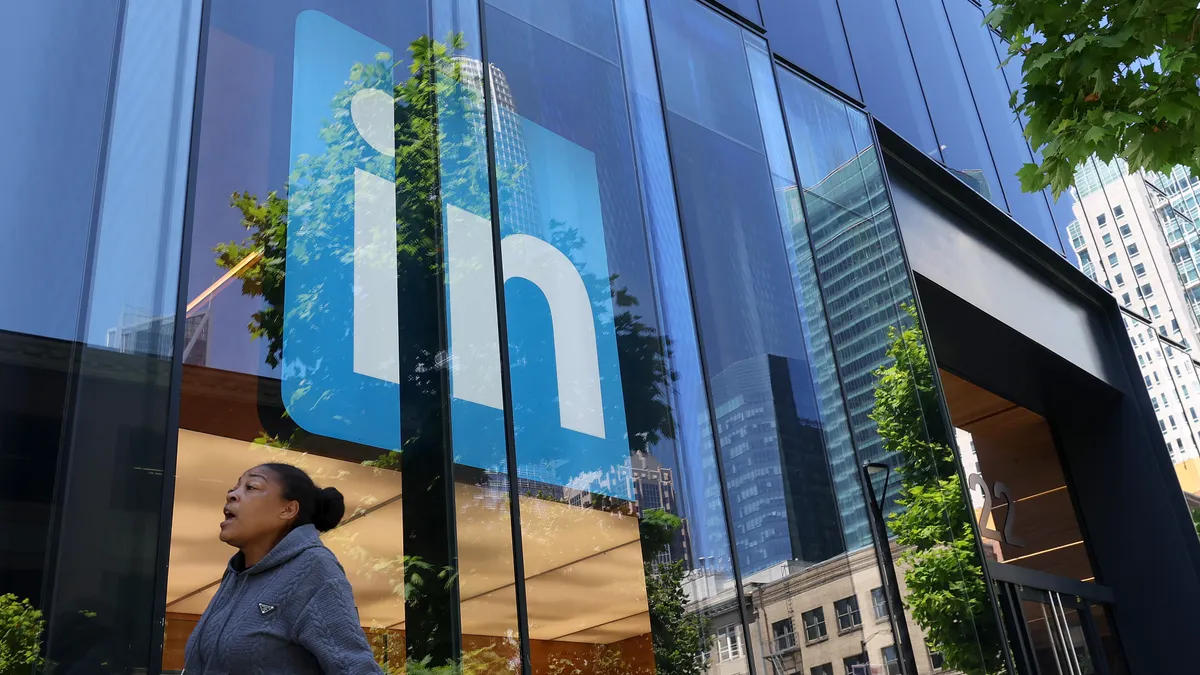Talent acquisition professionals can use two new LinkedIn tools with AI-powered features to find job candidates and reach out to them strategically, the company announced recently.
Through LinkedIn Recruiter, the Likelihood of Interest tool identifies candidates who are more likely to engage with hiring professionals about open roles, and the AI-Assisted Messages tool uses generative AI to create personalized InMail messages to candidates.
“Nearly three-quarters (74%) of hiring professionals hope that integrating generative AI into recruiting will help them automate repetitive tasks so they can prioritize more high-value strategic work. Those hopes are beginning to flower,” Bruce Anderson, a content marketer and editor, wrote on LinkedIn’s Talent Blog.
Personalization works when it comes to recruiting on LinkedIn, Anderson wrote, though it requires time and effort. Recruiters who use personalized InMail messages have reported a 40% increase in acceptance rates.
With AI-Assisted Messages, recruiters can craft a unique message that pulls information from a candidate’s profile regarding skills, experience and Open to Work status, which is combined with information about the company and open role, such as job title, responsibilities, location and salary. The message can be personalized by customizing the fields that the AI model uses, as well as editing the message directly.
With the Likelihood of Interest tool, hiring pros can identify candidates who have a high or moderate likelihood of being interested in an open position, which is also displayed on a candidate’s profile card in Recruiter. The tool uses AI to aggregate and interpret details on LinkedIn, such as Open to Work status, InMail acceptance, prospects from companies with recent layoffs and “interested in your company” data.
“And once you’ve pinpointed candidates you want to reach out to, you can quickly send them a personalized message,” Anderson wrote. “This will free your time to focus on the work that matters most — building stronger, deeper relationships with candidates.”
Generative AI programs are growing in popularity among HR professionals this year, especially as big names such as Microsoft, IBM and Google Cloud announce tools that help with HR-related tasks such as creating job posts, identifying potential candidates and managing employee requests. Even so, personalization remains important, particularly when recruiting.
HR teams must also be cognizant and vigilant about potential bias in AI tools — and how to audit AI tools that drive decision-making and workforce management processes. Some cities and states are implementing new HR laws and regulations around AI use that HR professionals should track and follow.
Related to the recruitment process, employers should be aware of how AI tools affect potential workers, including whether new tools are accessible for those with visual disabilities. By law, companies are required to provide reasonable accommodations for decision-making tools that use algorithms or AI, such as for hiring purposes.














